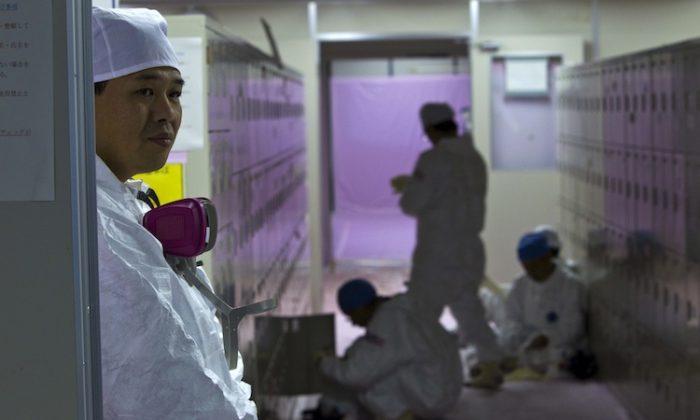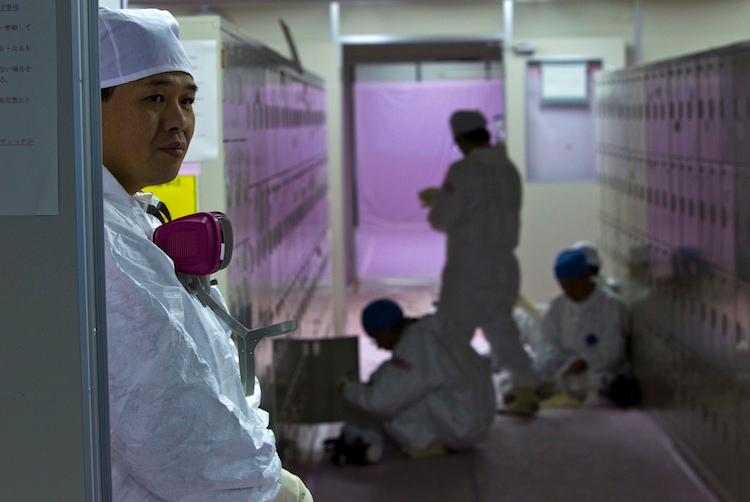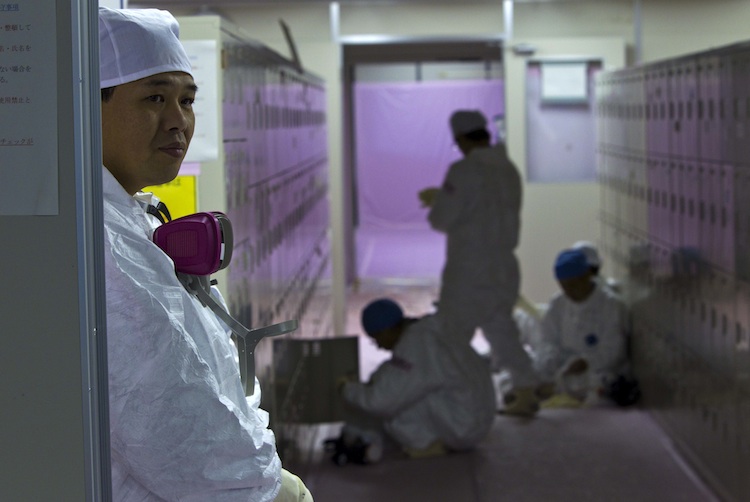Thousands of day laborers and subcontracted workers were enlisted to clean up nuclear waste and shut down the earthquake-stricken Fukushima Daiichi nuclear plant last year, with many of these workers celebrated as national heroes. However, much is still unknown about their health and employment status.
The Fukushima 50, as they were called was more akin to the Fukushima 18,000, according to the Bulletin of the Atomic Scientists, which says many of these workers—usually casual laborers from the area who had lost their jobs in the March 11 earthquake and tsunami—did the work for the money, not to serve their country.
“If [day laborers] refuse, where will they get another job?... I don’t know anyone who is doing this [cleanup work] for Japan. Most of them need the money,” said one worker quoted by the Bulletin.
According to a Fukushima Prefecture government survey in October, of people living in temporary housing because of the disaster, almost 70 percent who had jobs before March 11, had not been employed since, reported the Daily Yomiuri.
These workers were often exposed to huge amounts of radiation, which in some cases, was tweaked by Japanese officials to circumvent international nuclear standards to get the most out of such workers, the report says.
The unskilled temporary workers, clad in protective body suits and masks, were paid around $130 per day, with no written employment contract. So oftentimes, when their radiation exposure limit is reached, they are replaced by someone else, usually by people who had not been exposed. Some workers prolong their jobs by not taking their radiation dosimeters with them, but their long-term health is then at risk.
Those who were laid off are either unemployed or were forced to work in “notorious slums” around Japan, the Bulletin adds.
A report by Kyodo news agency on Monday revealed the government has not been calculating the amount of radiation workers have been exposed to while off the clock.
This means that the radiation absorbed by workers while they were evacuated near the stricken plant has not been calculated. Also, when workers decontaminate areas around the plant, those radiation levels are not calculated by the health ministry, which has sparked concerns among health officials and the workers themselves.
“No matter where they are exposed to radiation, it’s the same thing for an individual,” the head of the secretariat for the Tokyo Occupational Safety and Health Center, Katsuyasu Iida, was quoted as saying.
The Bulletin notes that Japan started the practice of using subcontracted and temporary workers to maintain nuclear reactors in the 1970s. France has since adopted the Japanese method.
“In turn, these subcontractors hire short-term workers, who are employed until they reach their radiation exposure limit, and then let go,” the report states. These temp staffers comprise 90 percent of Japan’s nuclear power plant workforce.
“Estimates suggest that on average, during any one subcontracted job, a worker receives two to three times the annual dose absorbed by a regular plant worker,” says the report.
These workers, also known as “nuclear nomads,” oftentimes move around from workplace to workplace, living in trailers, the Bulletin said. This also means that their health problems and cumulative exposure are not properly recorded and “thus, many severe health problems never qualify as occupational diseases,” it adds.
The report points out that around the world, the nuclear industry lacks transparency not just in power plants but in mining facilities.
“The banalization of hazards, furthermore, renders certain jobs, places, or people insufficiently ‘nuclear’ to qualify for attention, counting, mitigation, compensation, or care,” it states.







